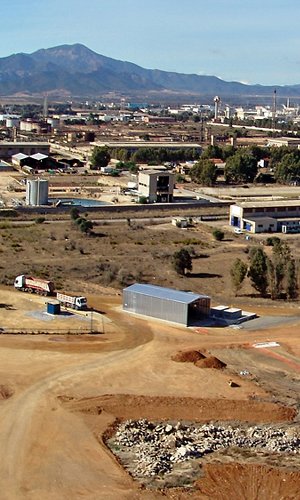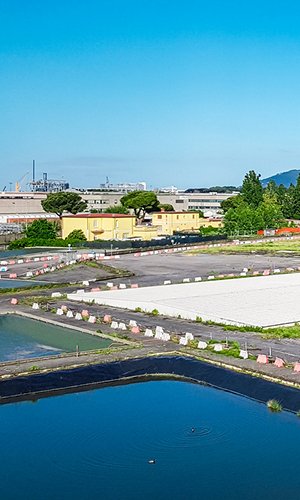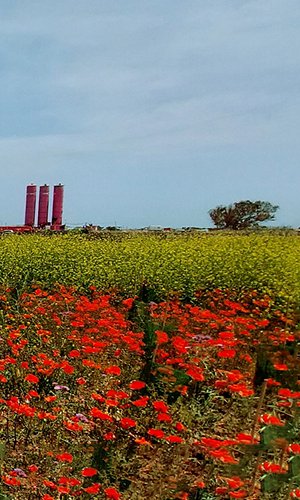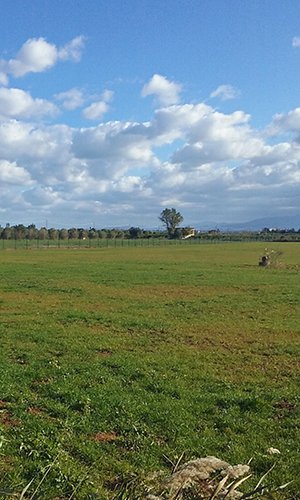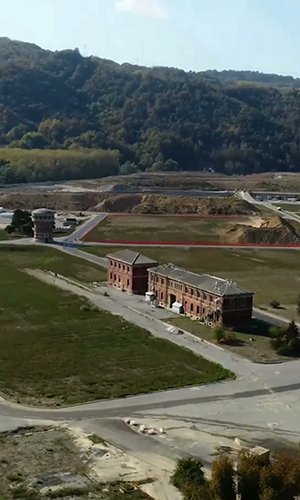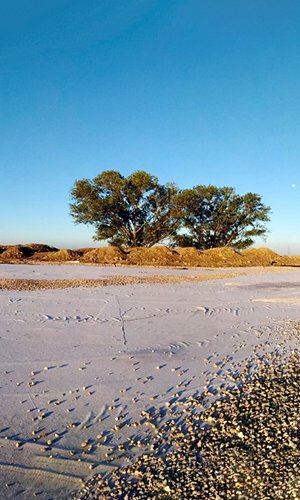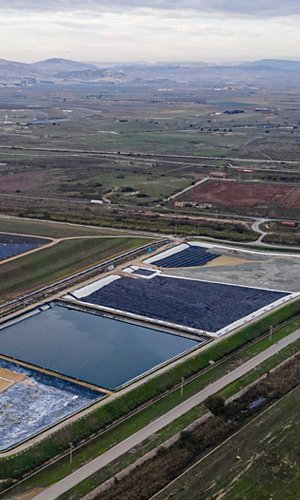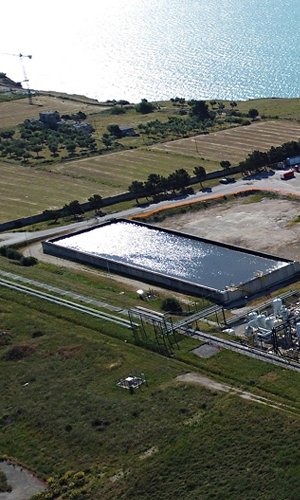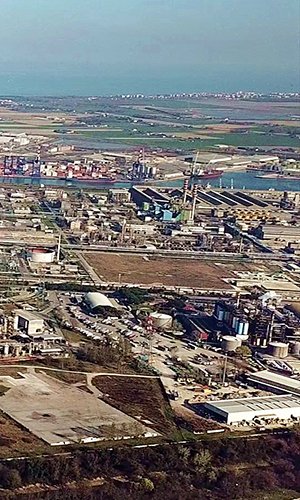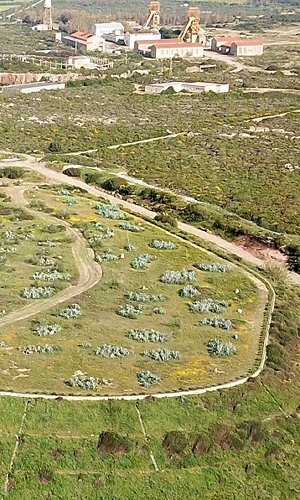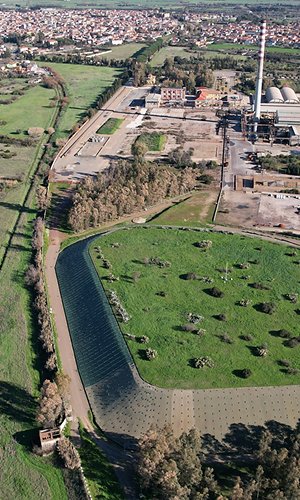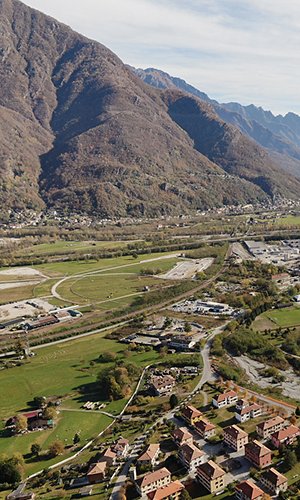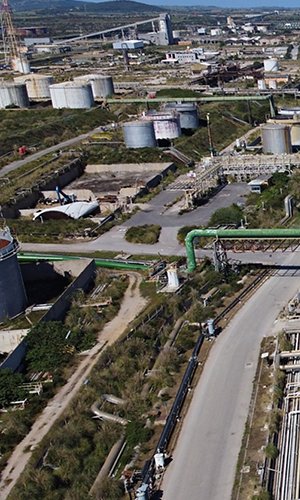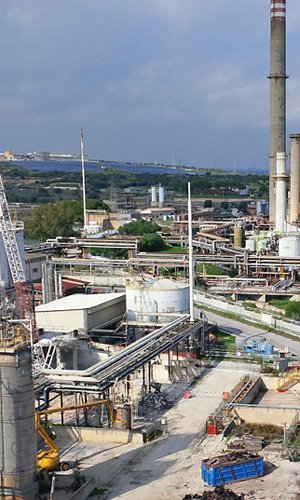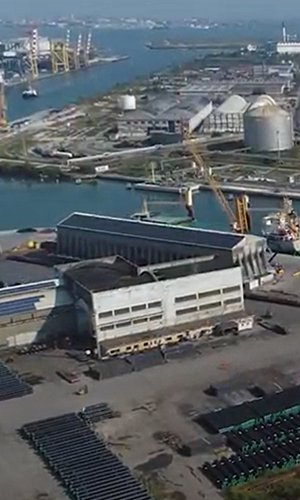The Colline Metallifere are located in the central-western part of Tuscany, covering the four provinces of Livorno, Pisa, Siena and Grosseto. This area has been renowned since Etruscan times for its mineral reserves - hematite, pyrite, chalcopyrite, alum, stibnite, calamine, sphalerite, galena and cassiterite.
In 1899, Montecatini company at first took over the Fenice Capanne and Boccheggiano copper mines, and later the Gavorrano pyrite mine. When the Niccioleta mine began operations in 1930, Montecatini held the monopoly of pyrite in Italy. In 1967, following the merger with Edison in 1966, the business was taken over by Montedison and as of 1973 by Società Lavorazione minerali e Derivati – Solmine, of the EGAM (Ente Gestione Attività Minerarie) group. Progressively decommissioned, in 1978 the business was transferred ex lege to Eni, at that time a state enterprise.
Today, Eni Rewind holds four mining concessions in Tuscany, covering around 1460 hectares. The company owns 680 hectares of land, 360 of which are undergoing mining safety measures and soil and groundwater remediation interventions.




